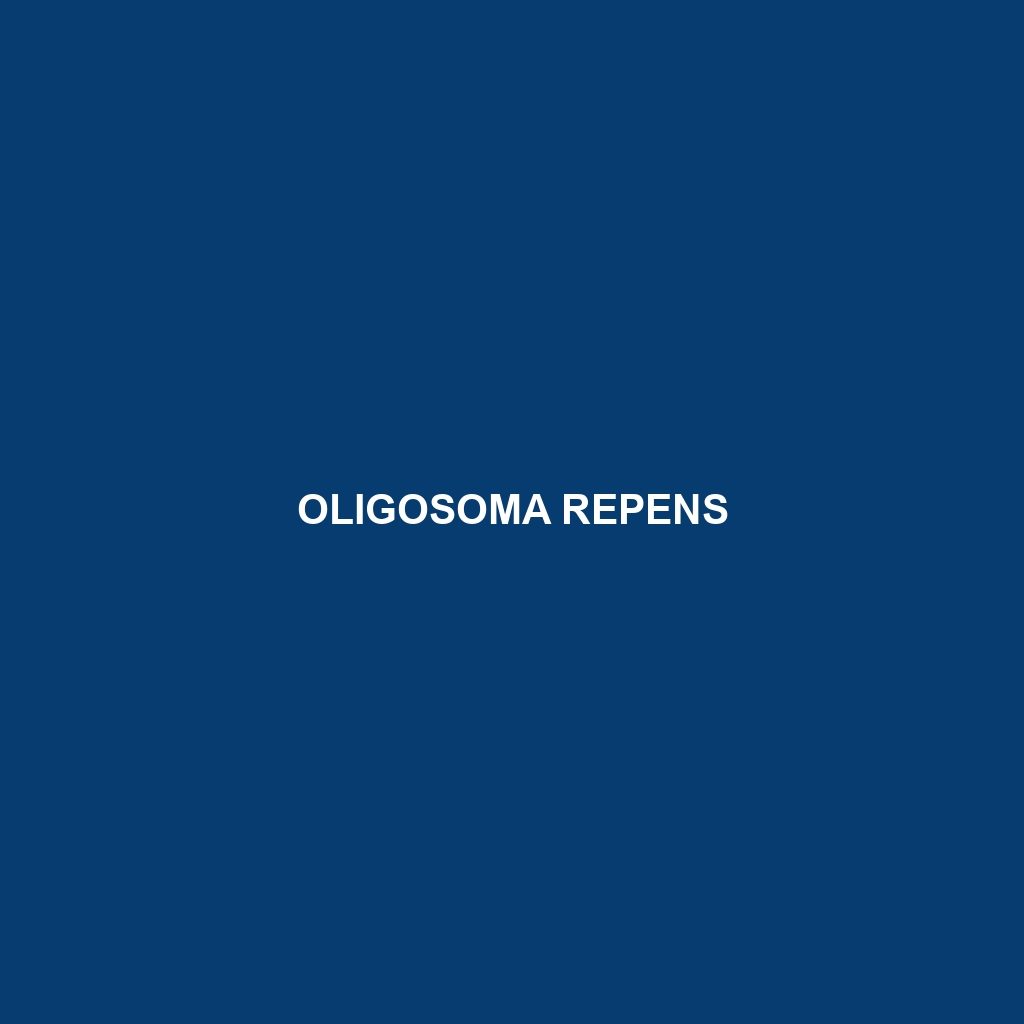Common Name
Oligosoma repens
Scientific Name
Oligosoma repens
Habitat
Oligosoma repens, commonly known as the southern skink, is primarily found in the temperate forests and grasslands of New Zealand. This species prefers regions with ample vegetation, which provide necessary cover and food sources. The climate in these areas is predominantly temperate, characterized by mild temperatures and significant rainfall, contributing to lush undergrowth. Southern skinks are often located in habitats such as rainforests, where they seek shelter under leaf litter or logs. Additionally, they are sometimes found in modified landscapes such as agricultural fields and parks, noting its adaptability to varied environmental conditions.
Physical Characteristics
The southern skink typically reaches an average length of 6 to 8 centimeters (2.4 to 3.1 inches). Its body is elongated and streamlined, featuring a tapered tail which can often be regenerated if lost. The coloration of Oligosoma repens can vary widely, presenting shades of brown, gray, or greenish hues, often with intricate patterns that assist in camouflage against predators. Its scales are smooth and glossy, enhancing its ability to glide through the underbrush. Notably, the species displays sexual dimorphism, where males tend to have more vibrant coloration during the mating season, serving as a signal to potential mates.
Behavior
Oligosoma repens exhibits fascinating behavioral traits, including a largely diurnal lifestyle, being most active during the day. These skinks are known for their swift movements and adeptness at climbing, which allows them to escape from predators quickly. Social interactions occur mainly during the breeding season, where males engage in territorial displays and courtship rituals. Interestingly, southern skinks display unique behaviors such as basking on sun-warmed surfaces during cooler parts of the day to regulate their body temperature—a behavior crucial for their survival.
Diet
Oligosoma repens is classified as an insectivore, primarily feeding on a diet rich in insects and other invertebrates. Its typical prey includes beetles, spiders, and various larvae, which it forages from leaf litter or among grass roots. Occasionally, they may consume small fruits or plant matter, displaying opportunistic feeding habits that reflect a slight omnivorous tendency. The species employs a foraging strategy that includes both ambushing prey and searching actively, contributing to its success in diverse ecological settings.
Reproduction
The reproductive cycle of Oligosoma repens typically occurs in the warmer months, from late spring to early summer. Mating takes place after a series of courtship displays, where male skinks demonstrate their fitness through vibrant coloration and physical prowess. After successful mating, the female lays a clutch of 3 to 6 eggs, which she buries in moist soil to maintain humidity. The gestation period lasts approximately 2 to 3 months, with hatchlings emerging fully formed and independent, resembling miniature versions of adults. Parental involvement is minimal post-hatching, allowing young skinks to fend for themselves immediately.
Conservation Status
Currently, Oligosoma repens is classified as ‘Least Concern’ by the International Union for Conservation of Nature (IUCN). Despite this favorable conservation status, local populations may be threatened by habitat destruction, climate change, and the introduction of invasive species. Conservation efforts are vital in maintaining its natural habitats and regulating invasive species. Habitat restoration initiatives are underway in certain regions, emphasizing the protection of native flora and fauna essential for the survival of this species.
Interesting Facts
One of the most intriguing aspects of Oligosoma repens is its ability to regenerate its tail following autotomy, a common defense mechanism among skinks. This unique adaptation allows the skink to evade predators, as the lost tail continues to move, distracting the attacker. Furthermore, these skinks communicate through body language, using their coloration and movements to convey messages to potential mates or rivals. Interestingly, their sharp eyesight and keen sense of smell aid in navigating their environments and locating food.
Role in Ecosystem
Oligosoma repens plays a crucial role in its ecosystem as both a predator and prey species. As insectivores, they help control insect populations, contributing to the ecological balance. Additionally, they serve as a food source for larger predators, including birds and mammals, forming part of the food web. The presence of southern skinks is also indicative of a healthy, biodiverse environment, making them essential in maintaining ecological integrity in their natural habitats.
